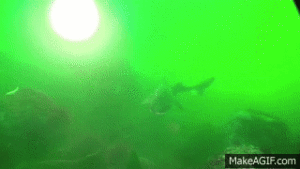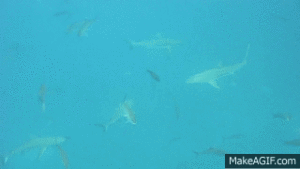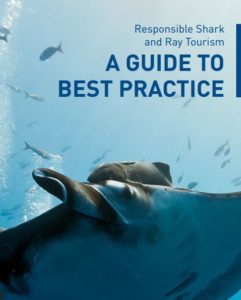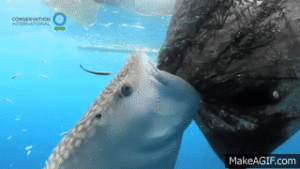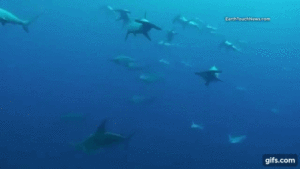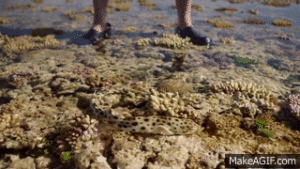
The United States Congress is considering a nationwide ban on buying, selling, or trading shark fins. While several of my posts and tweets have briefly discussed my stance on such policies, I’ve never laid out my full argument in one post. Here is why I, as a shark conservation biologist, oppose banning the shark fin trade within the United States. The short answer is that the US represents a tiny percentage of overall consumers of shark fin, but provide some of the most sustainably caught sharks on Earth, as well as important examples of successful management, to the world. This means that banning the US shark fin trade won’t reduce total shark mortality by very much, but will remove an important example of fins coming from a well-managed fishery while also hurting American fishermen who follow the rules. Also, a focus on these policies promotes the incorrect belief that shark fin soup is the only significant threat to sharks, and that addressing the tiny part of that problem locally represents the end of all threats. For the longer answer, read on. And for the case for shark fin bans, please see this guest post from Oceana scientist Mariah Pfleger.

